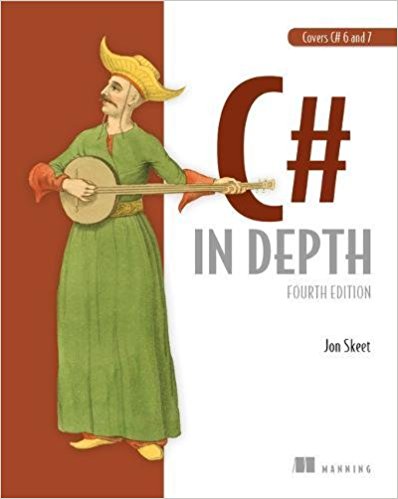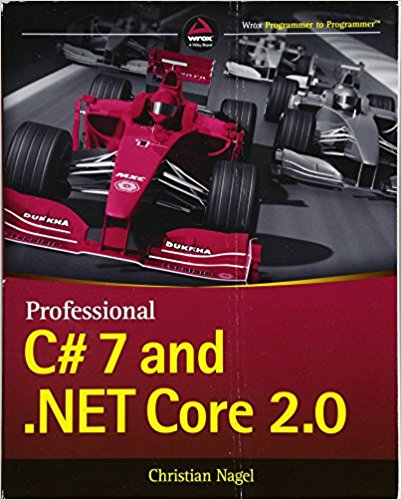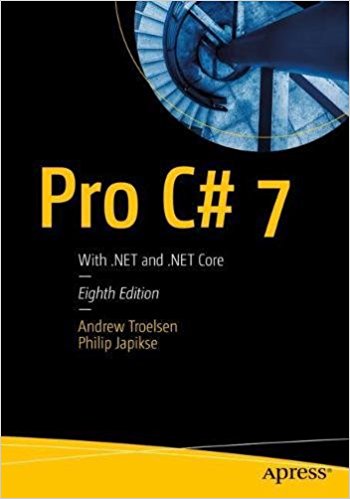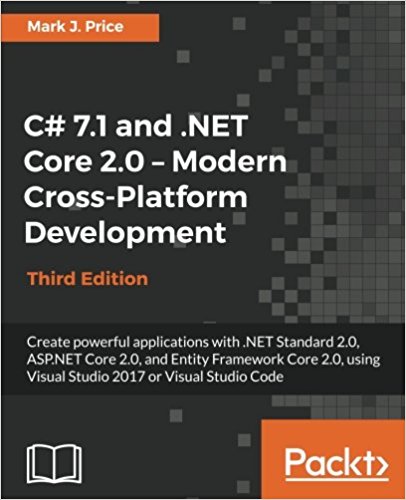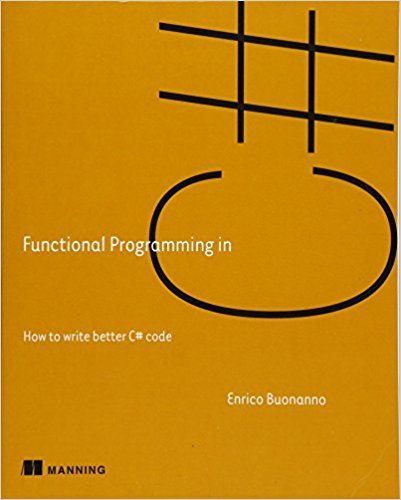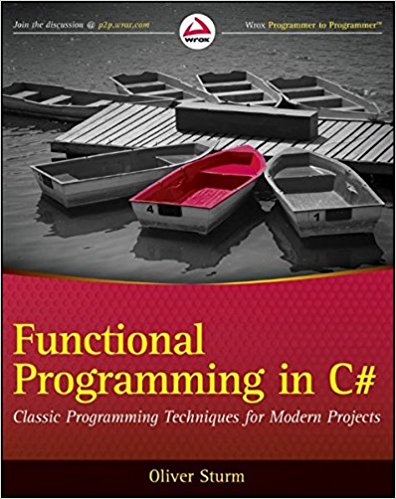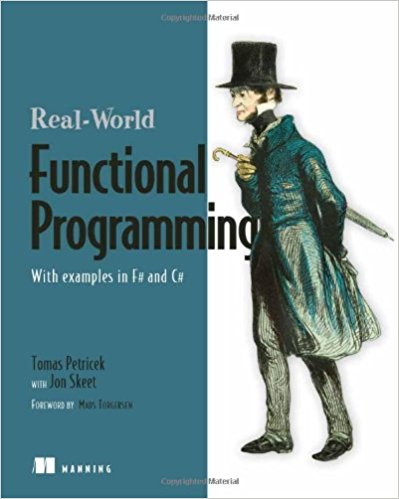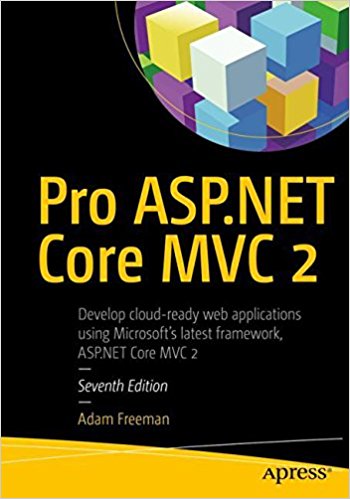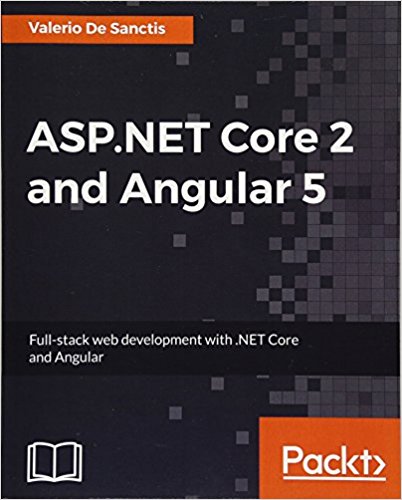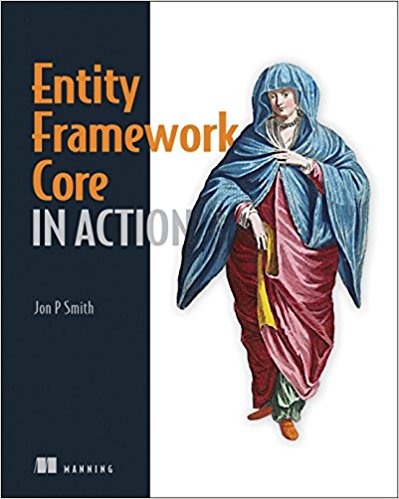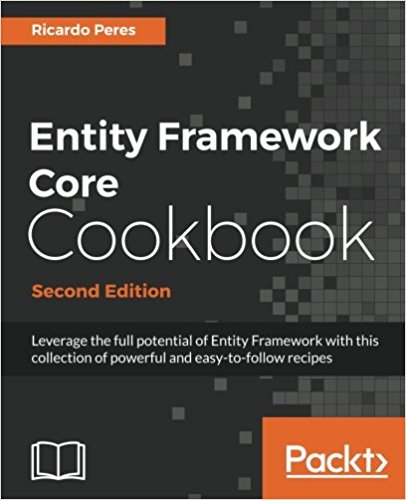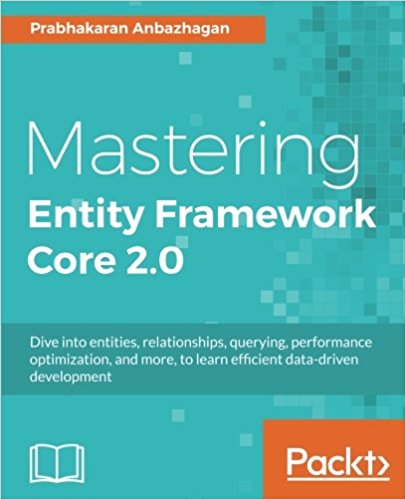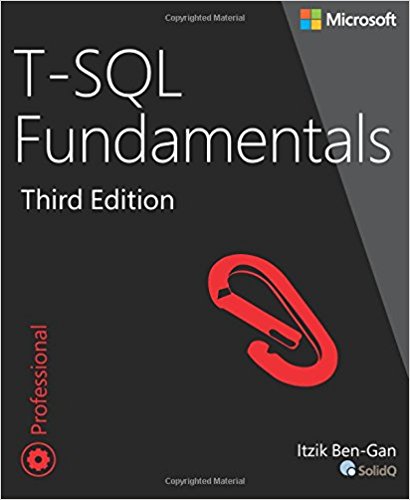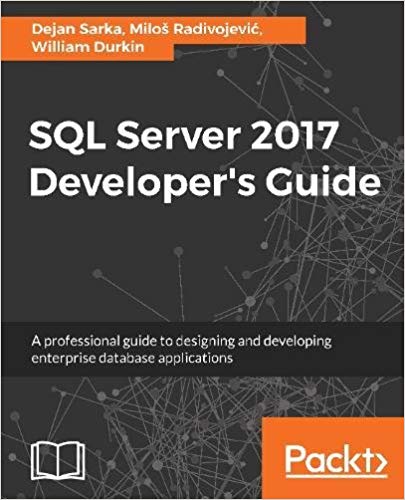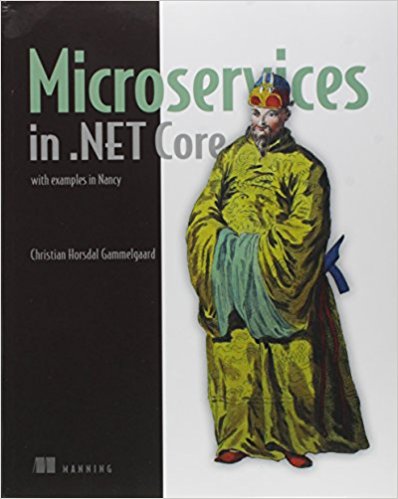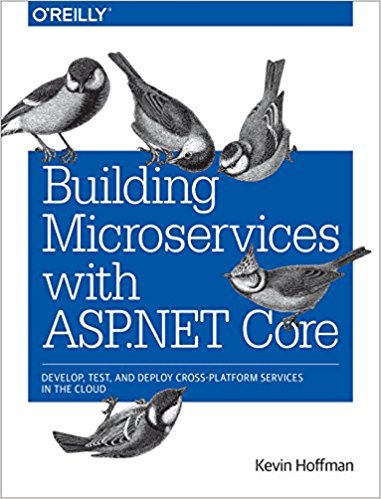C# for Beginners
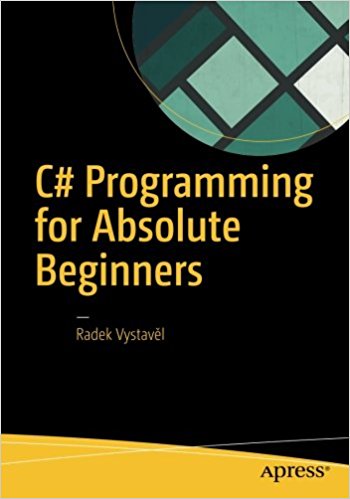
- Author
- Radek Vystavěl
- Date
- 4 Dec 2017
- Paperback
- 385 pages
Get started using the C# programming language. Based on the author's 15 years of experience teaching beginners, the book provides you with a step-by-step introduction to the principles of programming, or rather, how to think like a programmer. The task-solution approach will get you immersed, with minimum theory and maximum action. What You Will Learn Understand what programming is all about Write simple, but non-trivial, programs Become familiar with basic programming constructs such as statements, types, variables, conditions, and loops Learn to think like a programmer and combine these programming constructs in new ways Get to know C# as a modern, mainstream programming language, and Visual Studio as one of the world's most popular programming tools Who This Book Is For Those with very little or no experience in computer programming, who know how to use a computer, install a program, and navigate the web.
- Paperback
- £24.99
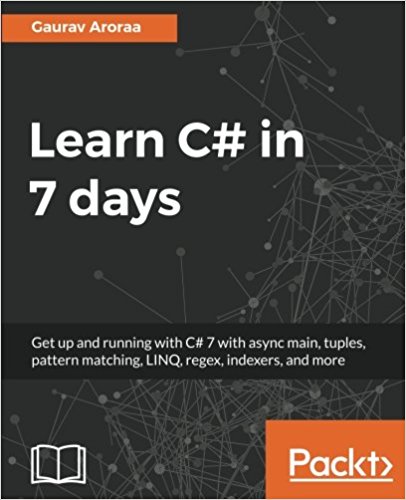
- Author
- Gaurav Aroraa
- Date
- 6 Oct 2017
- Paperback
- 306 pages
This book takes a unique approach to teach C# to absolute beginners. You’ll learn the basics of the language in seven days. It takes a practical approach to explain the important concepts that build the foundation of the C# programming language.
By the end of this book, you will have next-level skills and a good knowledge of the fundamentals of C#.
- Paperback
- £33.07
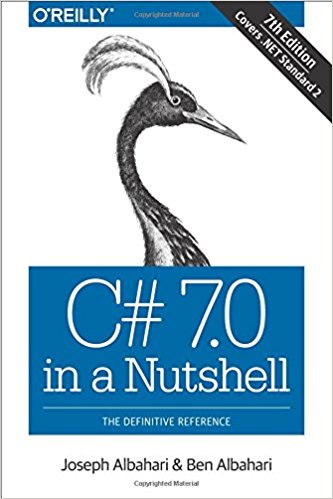
- Author
- Joseph Albahari, Ben Albahari
- Date
- 7 Nov 2017
- Paperback
- 1056 pages
When you have questions about C# 7.0 or the .NET CLR and its core Framework assemblies, this bestselling guide has the answers you need. Since its debut in 2000, C# has become a language of unusual flexibility and breadth, but its continual growth means there's always more to learn. Organized around concepts and use cases, this updated edition provides intermediate and advanced programmers with a concise map of C# and .NET knowledge. Dive in and discover why this Nutshell guide is considered the definitive reference on C#. Get up to speed on the C# language, from the basics of syntax and variables to advanced topics such as pointers, operator overloading, and dynamic binding. Dig deep into LINQ via three chapters dedicated to the topic Explore concurrency and asynchrony, advanced threading, and parallel programming Work with .NET features, including XML, regular expressions, networking, serialization, reflection, application domains, and security Delve into Roslyn, the modular C# 7.0 compiler-as-a-service.
- Paperback
- £92.04
